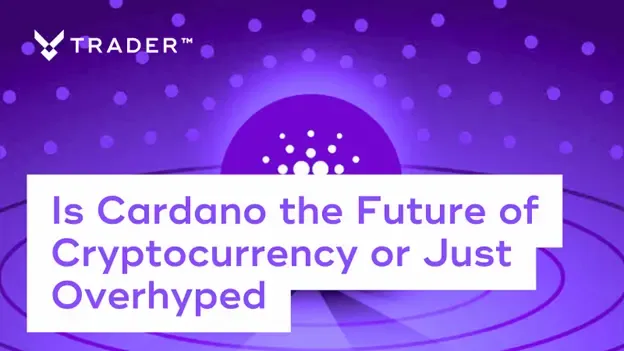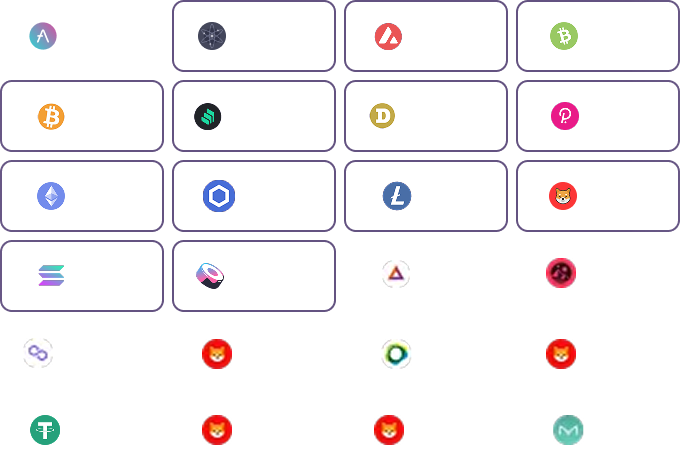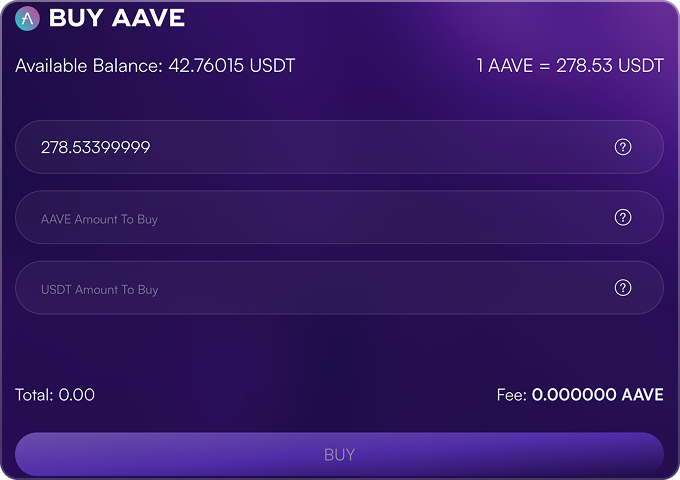
Is Cardano the Future of Crypto or Just Noise? Let’s Break It Down
Here’s something wild—Cardano only sips about 6 GWh of energy per year. Compare that to Bitcoin’s ridiculous 130 TWh, and you’ve got a blockchain that barely leaves a footprint. Less than 0.01% of Bitcoin’s energy use. That stat alone has eco-conscious crypto fans leaning in. But is that enough? Some swear it’s the next big thing. Others call it a science project with no real traction. So—what’s the truth? Let’s dig into Cardano’s design, where it shines, where it fumbles, and whether ADA belongs in your portfolio. Plus, we’ll show you how trading ADA on vTrader.io makes things ridiculously smooth, no matter your experience level.
First Things First—What Even Is Cardano?
You’re not just looking at another token here. Cardano is what folks call a third-gen blockchain. Built to clean up the mess Bitcoin and Ethereum left behind—scaling issues, energy waste, and shaky long-term viability. Charles Hoskinson, one of Ethereum’s original brains, launched it in 2017. But this isn’t just a copycat. Cardano takes the academic route—every protocol tweak is peer-reviewed, tested, and backed by some heavy research. Less “move fast and break things,” more “move smart and don’t break at all.” Its Proof-of-Stake system? Called Ouroboros. No miners. No giant server farms. Just a cleaner, more efficient way to run things. ADA powers the whole thing—from smart contracts and dApps to token transfers and ecosystem tools. Also worth noting: Cardano uses a UTXO model—basically a digital receipt system that tracks unspent coins. Not Ethereum-style accounts. It changes how data is stored, and that’s where things start to get interesting.
Where Cardano Wins
You’ve probably heard the hype. But here’s what actually makes Cardano stand out.
Where It Struggles
Even the cleanest chains have some dirt under the hood. Here’s where Cardano isn’t quite there yet.
- • Finality Isn’t Instant: You make a transaction, then you wait. Not forever, but longer than Solana or Avalanche. Cardano’s focus on security and decentralization means slower confirmations. That’s fine for some use cases, but it can be a headache if you’re trading fast or building latency-sensitive dApps.
- • Hardware Might Not Stay Light: Right now, Cardano’s easy on your system. But as upgrades like Hydra roll out, things could change. If parallel processing becomes the norm, node runners might need more horsepower. That shift could edge out smaller players—undermining the very decentralization it prides itself on.
- • Adoption Is Lagging: Tech? Impressive. Community? Growing. But compared to Ethereum? Cardano’s still the underdog. Ethereum has a massive dApp ecosystem, established DeFi protocols, and billions locked in. Cardano’s catching up—projects like SundaeSwap show promise—but it hasn’t hit that escape velocity yet.
Why Trade ADA on vTrader.io?
You’re sold on Cardano—or at least curious. Here’s why vTrader.io should be your go-to:
- • Low Fees: We keep it tight. No surprise charges. No inflated spreads. Whether you’re swinging big or just testing the waters, our low fees mean more ADA in your wallet.
- • Simple Yet Powerful UI: You don’t need a tutorial to use vTrader.io. The interface is built for humans—clean, fast, and intuitive. New to crypto? You’ll figure it out in minutes. Pro trader? You’ve got all the tools without the clutter.
- • Support That Actually Helps: Questions pop up. It happens. That’s why our support crew is live 24/7. Real answers from real people—no bots sending you in circles.
Ready to dive in?
Create an account today and scoop up our limited-time welcome bonus. It’s a solid way to kick off your ADA journey.
Cardano in the Real World
This isn’t just theoretical. Cardano’s tech is already doing real things for real people.
- • African Agriculture Projects: In Ethiopia, Cardano is being used to trace coffee and crops across the supply chain. That transparency ensures farmers get paid fairly—and consumers know exactly what they’re buying. Blockchain meets supply chain ethics.
- • Digital ID for Millions: With Atala PRISM, Cardano is helping create decentralized IDs in countries where official records are scarce. In Ethiopia, for example, students can now hold blockchain-based diplomas—valid and verifiable anywhere. That opens doors, especially in job markets.
- • DeFi Is Warming Up: Cardano’s DeFi scene is sprouting up. SundaeSwap is the first of many platforms enabling token swaps and staking. Lending, farming, liquidity pools—it’s all starting to happen. The pieces are falling into place, and it’s only getting more compelling.
So—Is Cardano Worth It?
If you’re looking for a blockchain that’s clean, efficient, and rooted in long-term thinking, Cardano deserves a serious look. It’s not the flashiest, but it’s consistent—and it’s evolving fast. Want in? Start trading ADA on vTrader.io. Cut through the noise. Stay ahead of the curve.









